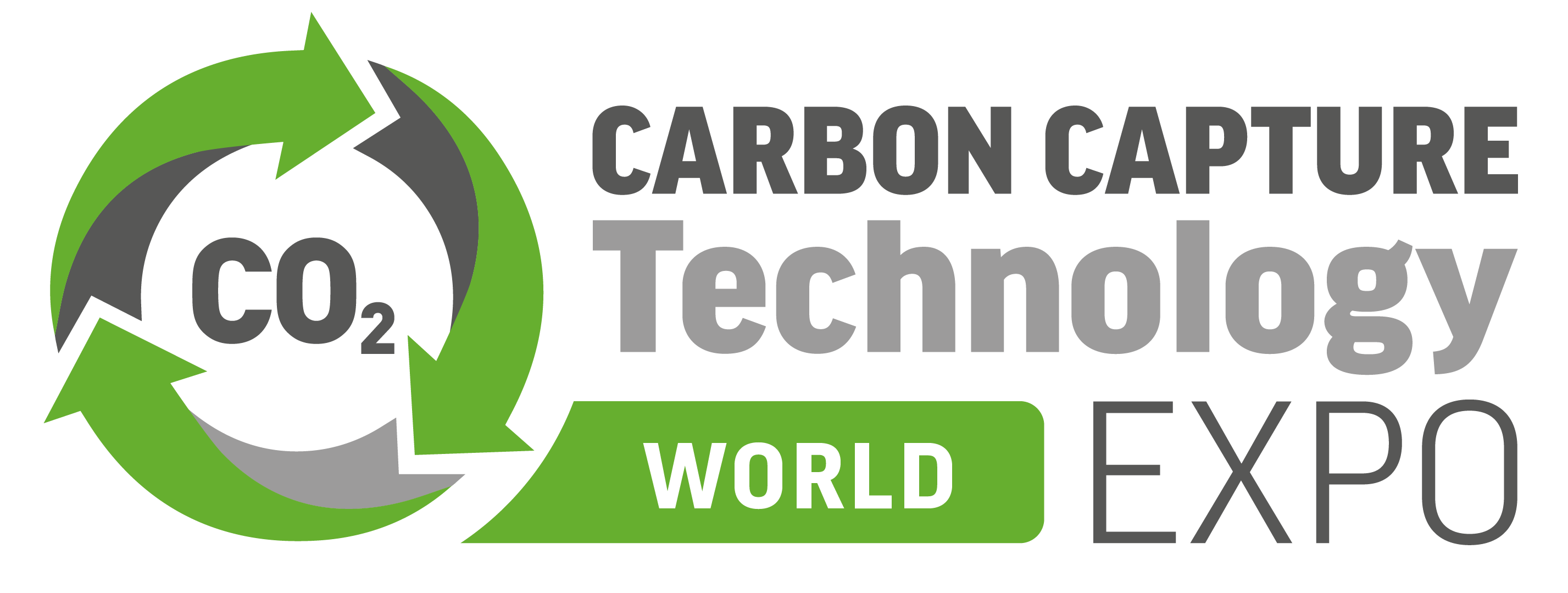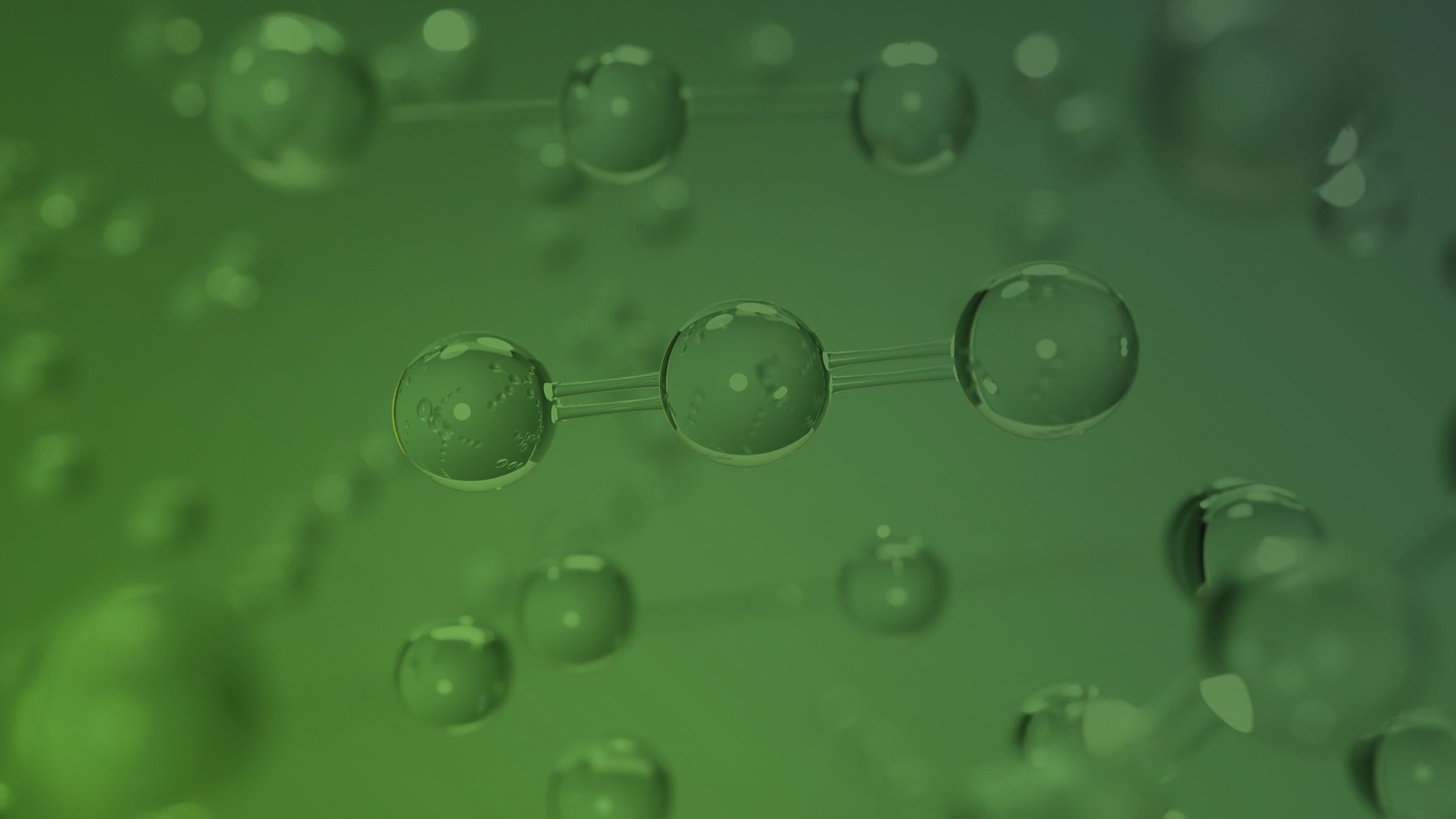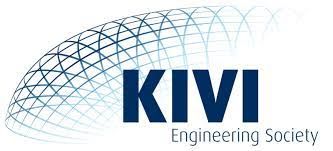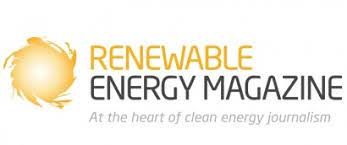Market Status of CO₂ Capture Technologies: Trends and Future Outlook
Carbon capture, utilisation, and storage (CCUS) is at a pivotal moment as industries explore scalable solutions to meet decarbonisation goals. Today, chemical absorption dominates the market with a 50% share, primarily relying on amine-based solvents. However, as CCUS gains traction and expands to new carbon sources across industries, technological advancements and emerging alternatives will reshape the carbon capture landscape.
In the chemical absorption space, suppliers are introducing more energy-efficient systems, with advanced amine-based capture converging to 2.5 GJ/t CO2 energy consumption. In the meantime, non-amine-based chemical absorption technologies are addressing key limitations of traditional amine-based systems, offering enhanced stability and lower degradation rates and improved footprint.
Beyond chemical absorption, cryogenic carbon capture technologies are gaining traction, with their share of operational capacity expected to grow from 1% in 2024 to approximately 12% of planned capacity by 2030. This growth is particularly evident in hydrogen and cement production, where cryogenic systems’ lower energy consumption and lack of heat requirements present a compelling value proposition. With the potential for near 100% CO₂ capture efficiency, cryogenic technologies are emerging as a competitive alternative to traditional capture methods.
This presentation will leverage proprietary market intelligence and examine real-world deployments of various capture technologies, assessing their impact on emissions reduction and energy consumption. We will also evaluate the trade-offs associated with different capture methods and discuss how ongoing innovations may influence cost, scalability, and adoption rates.
We will conclude by analysing the trajectory of the CO₂ capture market through 2030, identifying key trends, emerging players, and the role of next-generation technologies in shaping the future of industrial decarbonization.





)
)
)
)
)
)
)
)
)
)
)
)
)
)
)
)
)
)
)
)
)
)
)
)
)
)
)
)
)
)
)
)
)
)
)
)
)
)
)
)
)
)
)
)
)
)
)
)
)
)
)
)
)

)
)

)
)
)
)
)
)
)
)
)
)


)
)
)
)
)
)

)
)

)
)
)
)
)
)
)
)

)
)
)

)
)
)
)
)
)
)
)
)


)
)
)

